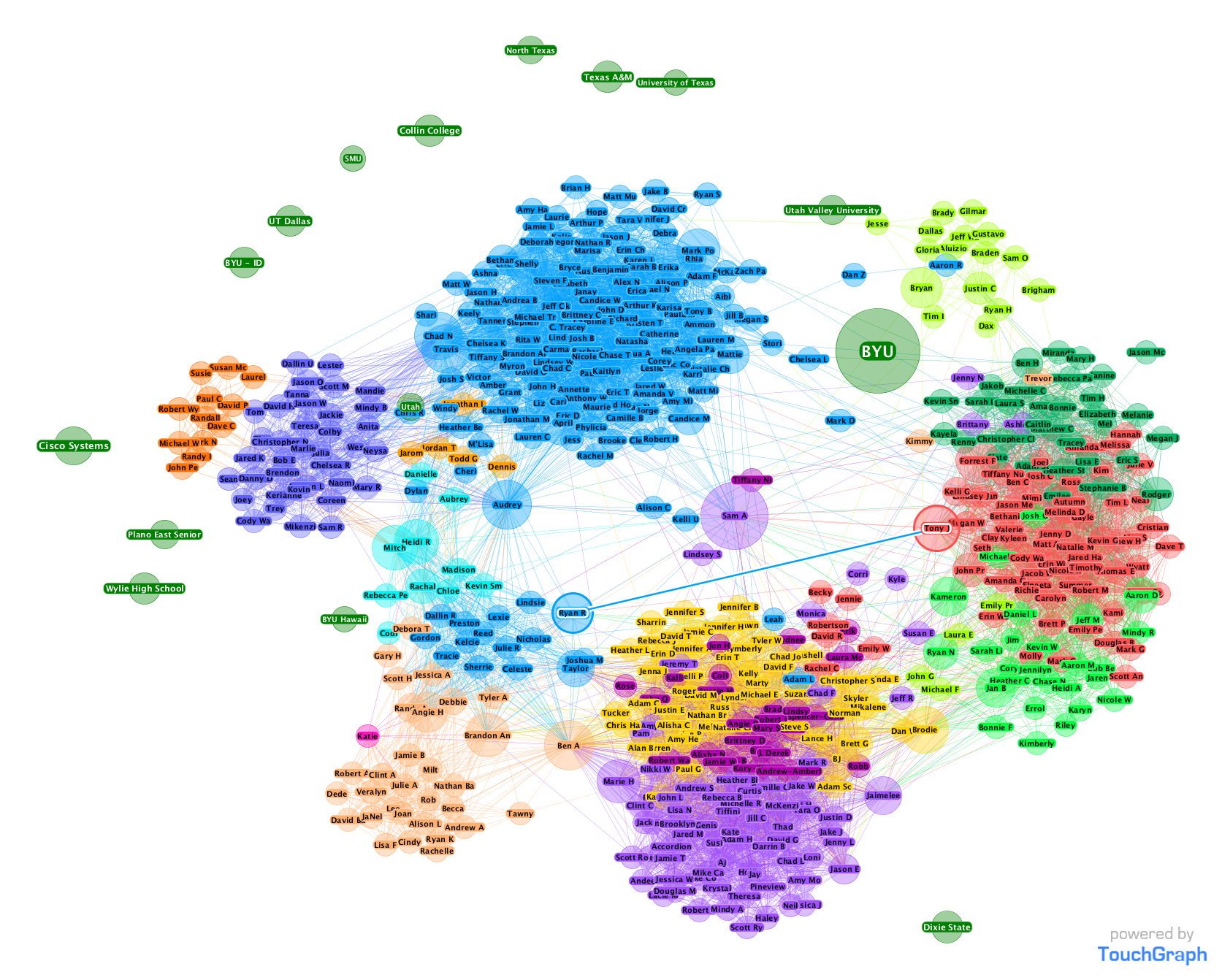Just thought I’d share a few tips I’ve learned in the last while about making better pasta. These are just little steps you can do with the stuff in the box or bag, without getting into making your own pasta from scratch. I’ve picked up all these tips from around the different sites and shows, so hopefully it’s best of the best.
1. Use a LOT of water.
Most people don’t use enough water and, as a result, the water gets too starchy too quickly. Look at the pasta pot you are using and consider going up a size for your next run.
2. Salt the water heavily when boiling
I put a whole handfull of kosher salt in for a large pot of boiling water. You can use less if you are using iodized salt, but think tablespoons, not teaspoons. This gives some taste to otherwise bland pasta. You’ll know if you used too much if the salt overpowers the pasta when you get to the tasting phase.
3. Bring the pot to a rolling boil before thinking about putting in the pasta
For reals. This is the A#1 tip. You want the pasta to cook quickly, not soak in water. Bring the water to a full boil, then back off the temp a bit before you chuck in the pasta. Makes a huge difference.
4. Test for al dente often.
After the pasta starts moving on its own in the water (you can tell it’s cooking), start sampling it, and sample it every 30 sec to 1 min. Let the pasta go a little undercooked rather than overcooked. Al dente is when the pasta is firm but not bony. There is nothing to substitute for practice here. Try and try again. Remember the pasta is going to continue to cook a bit in step 6 below, so slightly underdone is good. You just don’t want any boniness.
5. Do not wash the pasta when you strain it.
Your getting rid of the starch and salt and flavor, cooling the pasta too quickly, and the pasta will stick together worse if you do this. Big no no.
6. Do not leave the pasta dry / overstrain
OK, so the best thing to do is to take pasta out of boiling water and put it DIRECTLY into simmering sauce. Let the sauce and pasta cook together for a few minutes. This infuses the pasta with the flavor of the sauce and gets rid of the thick sauce glob on top of dry/sticky pasta glob when you plate it up. The starch on the pasta also thickens your sauce a bit.
If you’re not using a sauce or you REALLY want your guests to be able to put on their own sauce (so not the way the italians do it), immediately put some olive oil over the pasta. This is to keep it from sticking and to make it shimmer and taste yummers even on its own.
Do these things!
7.

